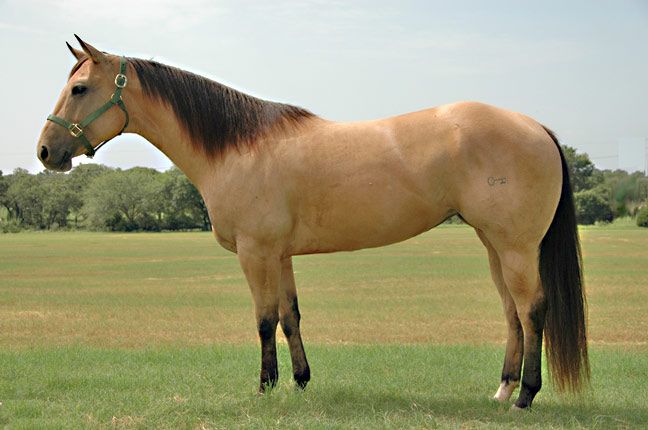Why is horse conformation important?
August 29, 2025

Conformation in horses refers to the shape of the body and structure as dictated by the bones.
While there are general rules of thumb for “good” horse conformation, there are some variations from breed to breed, in addition to differences that depend on the discipline that the performance horse will be utilized for.
I mean think about it, a tall, dark, and handsome warmblood with legs for days and a longer back to make it over wide-spread jumps would not functionally work well trying to get low to the ground and cut back and forth quickly to work a cow, just as the compact Quarter Horse built for cow work wouldn’t be as successful in the Grand Prix Jumper arena.
That’s not to say it can’t be done, but a horse built for the specific type of work you are doing will have an easier time performing at higher levels.
How do I know if my horse is balanced?
In all horses, regardless of discipline, balance is extremely important for their ability to perform. Balance indicates how proportional the horse is and how well their body parts fit together; the more proportional, the more athletic ability the horse will possess (1).
While overall balance is the first thing to look at, horse leg conformation is important as well.
When a horse moves, the structure of the legs is responsible for the horse tracking properly, and the correct distribution of strain and shock absorption upon impact with the ground.
Ideally, a horse’s front legs should be straight when observed head-on, and an imaginary line should be able to be drawn down the front of the leg with exactly half of the leg/knee/hoof on either side.
From the side of the horse’s front leg, a line should be able to be drawn straight down from the scapula, to the front of the knee, and through the middle of the hoof (2).
The same rule of thumb goes for looking at the hind legs from the rear; you want to have exactly half of the leg/hock/hoof on either side of a line straight down the middle.
From the side of the hind leg, a line from the point of the buttocks would ideally run straight down the back of the cannon bone from the hock to the fetlock and fall behind the heel (2).
How do I know if my horse has good conformation?
That being said, horse conformation ideals can vary slightly depending on discipline. For example, horses who are slightly cow-hocked are often preferred in reining because it allows them to be in the best position for sliding stops. The list of specific conformational problems goes on and on; you can find a great horse conformation chart and visuals for different conformational issues at the link below (3).
While horse conformation can be an important foundation for performance success, it is by no means a guarantee.
Just because a horse has ideal conformation, does not mean that they will win their class or event every time.
Additionally, conformational changes may occur throughout the life of the animal, or underlying issues may be present that can’t be outwardly seen. Further, a horse that is not conformationally perfect may be able to overcome their flaws and perform better than their better-structured counterparts.
Horse conformation faults
The good news? Many mild cases of conformational abnormalities or deformities are likely manageable (4).
Supportive treatment such as corrective shoeing is an option for horses with issues such as being pigeon toed or having a club foot (4).
Proper exercise can lead to the development of musculature in areas that may need increased support. For example, horses with less than perfect necks or sway backs can benefit from proper work that strengthens the topline. Strong shoulder, hindquarter, and leg muscles can also be beneficial in proper tracking and movement which may help overcome slight horse leg conformation issues.
Cross-training is really important for horses, too. Moving in multiple directions on multiple surfaces is key for overall muscle balance. Exercise that is complementary to the horse’s main athletic pursuit helps diminish the risk of injury associated with minor conformational issues.
In addition to a solid conditioning program, your horse’s diet can be a big contributor to proper muscle development. Ensure your horse is getting the proper amounts of protein in their diet in a form that they can utilize.
To further support proper musculature, FullBucket’s Medical Muscle can help develop muscle, and improve muscle performance, endurance, and recovery!
Take home message
- Conformation is important to set performance horses up for success in their athletic endeavors.
- Horses should have proper conformation for what you are asking them to do (think: form to function).
- Minor flaws in conformation are not the end-all be-all of an otherwise solid horse.
- Correct management, conditioning, and nutrition can overcome many minor conformational issues.
Read More:
- https://horses.extension.org/judging-horses-conformation-classes/
- https://secure.caes.uga.edu/extension/publications/files/pdf/B%201400_2.PDF
- https://secure.caes.uga.edu/extension/publications/files/pdf/B%201400_2.PDF
- https://thehorse.com/17465/7-conformation-flaws-piecing-together-what-we-know/
